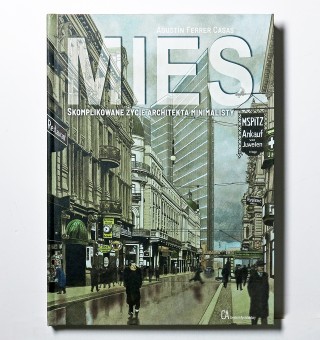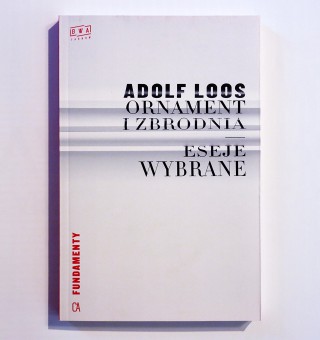In september 2011, close to six thousand spectators gathered under the dome of the Centennial Hall to hear the world premiere of Krzysztof Penderecki’s concert in it’s experimental interpretation by Aphex Twin and Jonny Greenwood. The event was a part of the European Congress of Culture, which took place in Centennial Hall and inaugurated the first historical Polish presidency in the European Union. Extraordinary music filled Centenntial Hall’s spectacular interior, which was unveiled for the first time following its general revalorization. The process, which took five years and included conservation work on the main building as well as the surrounding area, cost more than sixty million Euro - the majority of which were public funds from the European Union and the local government. In this way, one of the most important monuments or world Modernist architecture was rescued and returned to its rightful position among the world’s iconic meeting and cultural complexes.
The experimental performance in 2011 made historical reference to the time of Centennial Hall’s grand opening in 1913 where the premiere spectacle of “Commemoration Masque” (“Fetspiel in deutschen Reimen”) written by Gerhart Hauptmann and directed by Maks Reinhardt was performed for a crowd of six thousand spectators. The continuity of Centennial Hall’s function over the course of more than a hundred years is exceptional especially when we taking into consideration its geographical location in the epicenter of 20th century European wars and conflicts. Despite the changes of borders and political regimes, Centennial Hall, a work of genius of the municipal architect of German Breslau is now a central figure for citizens and leaders of Polish Wrocław, constituting a key element of the vision of the city as open and welcoming meeting place. We would like to stress the importance of international institutions in ensuring this historical endurance. The inscription of Centennial Hall on the UNESCO World Heritage List in 2006 was and immediate impulse, which set the limits and principles for subsequent revalorization of the building. Thanks to the support of the Getty Foundation, we were able to prepare the conversation principles for the future generations of users. It is our hope that this document will help ensure the material and functional continuity of Centennial Hall as it enters the second century of its existence.


















































































































































































































































































































































